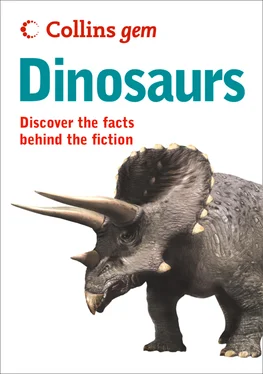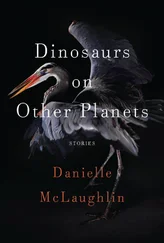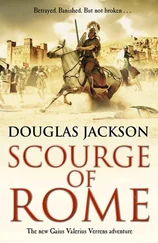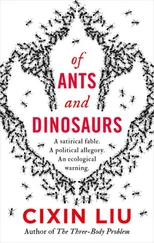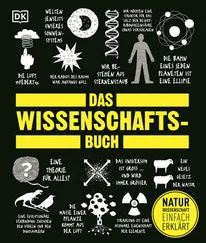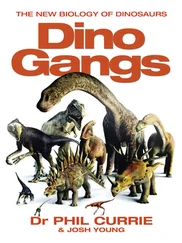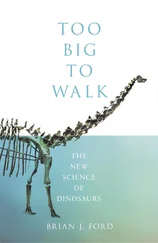But by the 1830s the Reverend Professor Hitchcock of Amherst College had developed the new science of palaeoichnology, or the study of fossil footprints. He thought that the abundant three-toed footprints that occurred in strata dating from the Late Triassic (210 million years ago) and Jurassic (200–145 million years ago) must have been made by birds, some of which had to be much larger than any species living today. We now know, however, that these particular prints were made by two-legged (bipedal) dinosaurs. The modern study of dinosaur prints can tell us a great deal about the animals’ behaviour. For instance, from print size, the distance between prints and estimates of the leg length of the animals that made them, it is possible to calculate the speed at which the animal was moving. Some small, lightly built bipedal dinosaurs seem to have been capable of running at speeds of up to 40kph (25mph). The largest quadrupedal sauropods were so massive that they were capable of only a fast saunter at around 20kph (12mph). Sets of trackways made by the same kind of animal have been found, showing that certain dinosaurs moved around in herd-like groups, especially plant eaters such as the iguanodontids and hadrosaurs. Presumably this behaviour was for protection. In contrast, many theropod trackways tend to be solitary, showing that they were lone hunters, although not all behaved in this way – some theropods are also known to have grouped together. The problem with many footprints and tracks is that it can be difficult or impossible to link the prints with a particular dinosaur, as very few animals literally dropped dead in their tracks. Instead, interpretation has to come from our understanding of the structure of the limbs, ankles and number of toes possessed by different dinosaurs. Tracks have helped show that some dinosaurs such as the iguanodontids, which were originally thought to have been bipedal, normally moved on all fours even though their fore limbs were smaller than their hind limbs. ,
28 TRACKS AND TRAILS . When dinosaur footprints were first seriously studied they presented a considerable puzzle. Footprints and tracks found in the early 19th century in Massachusetts, USA, were initially seen as evidence for the Old Testament Flood. But by the 1830s the Reverend Professor Hitchcock of Amherst College had developed the new science of palaeoichnology, or the study of fossil footprints. He thought that the abundant three-toed footprints that occurred in strata dating from the Late Triassic (210 million years ago) and Jurassic (200–145 million years ago) must have been made by birds, some of which had to be much larger than any species living today. We now know, however, that these particular prints were made by two-legged (bipedal) dinosaurs. The modern study of dinosaur prints can tell us a great deal about the animals’ behaviour. For instance, from print size, the distance between prints and estimates of the leg length of the animals that made them, it is possible to calculate the speed at which the animal was moving. Some small, lightly built bipedal dinosaurs seem to have been capable of running at speeds of up to 40kph (25mph). The largest quadrupedal sauropods were so massive that they were capable of only a fast saunter at around 20kph (12mph). Sets of trackways made by the same kind of animal have been found, showing that certain dinosaurs moved around in herd-like groups, especially plant eaters such as the iguanodontids and hadrosaurs. Presumably this behaviour was for protection. In contrast, many theropod trackways tend to be solitary, showing that they were lone hunters, although not all behaved in this way – some theropods are also known to have grouped together. The problem with many footprints and tracks is that it can be difficult or impossible to link the prints with a particular dinosaur, as very few animals literally dropped dead in their tracks. Instead, interpretation has to come from our understanding of the structure of the limbs, ankles and number of toes possessed by different dinosaurs. Tracks have helped show that some dinosaurs such as the iguanodontids, which were originally thought to have been bipedal, normally moved on all fours even though their fore limbs were smaller than their hind limbs.
,
31–33 Caption: Bodies are food for scavengers. Caption: Exposed to the elements, the flesh decays. Fossil hunters are able to spot the remains only after the sediment layers (strata) have been brought back up to the surface and re-exposed through earth movements or deep erosion. Experts have now learned to search out the right kind of strata that were originally laid down in the sort of environments occupied by dinosaurs and where their remains might have been buried. The deposits of rivers, lakes and near-shore deltas have proved good prospects, along with the deposits of more arid environments where footprints can be preserved. Most dinosaurs are known only from incomplete and fragmentary skeletal remains. Commonly, the skull is missing, along with the hands and feet. Of the 600 or so different kinds of dinosaurs known so far, most are represented by just a single species. We have probably found only the tip of the proverbial iceberg. Even when a fossil has been found, identification is not necessarily certain as it depends on whether the most important characteristics have been preserved. Sometimes specimens of the same kind of dinosaur have been given different names because they have been found in different countries, or because different bits of the same animal have been found in different places. Caption: Resurrection in rock.
only)
All rights reserved under International and Pan-American Copyright Conventions. By payment of the required fees, you have been granted the non-exclusive, non-transferable right to access and read the text of this e-book on-screen. No part of this text may be reproduced, transmitted, down-loaded, decompiled, reverse engineered, or stored in or introduced into any information storage and retrieval system, in any form or by any means, whether electronic or mechanical, now known or hereinafter invented, without the express written permission of HarperCollins e-books.
HarperCollins Publishers has made every reasonable effort to ensure that any picture content and written content in this ebook has been included or removed in accordance with the contractual and technological constraints in operation at the time of publication.
Source ISBN: 9780007222537.
Ebook Edition © OCTOBER 2019 ISBN: 9780007555277.
Version: 2019-11-29
NOTE TO READERS CONTENTS. Cover . Title Page . Copyright . Note to Readers .
.
This ebook contains the following accessibility features which, if supported by your device, can be accessed via your e-reader/accessibility settings:
Change of font size and line height.
Change of background and font colours.
Change of font.
Change justification.
Text to speech.
How to use Collins Gem Dinosaurs .
You may choose to read this ebook in a linear fashion, or to explore the information by using the easy-to-use navigation menus, which organise the dinosaurs by period and group.
Note:A few of the dinosaurs detailed in this ebook belong to more than one period on the timeline
. These dinosaurs have been categorised in the predominant period.
Cover
. Title Page
. Copyright. Note to Readers.
WHAT IS A DINOSAUR?. DINOSAUR APPEARANCES.. DINOSAUR BEHAVIOUR.. DINOSAUR DIETS.. EGGS, NESTS AND BABIES.. THE ARMS RACE.. TRACKS AND TRAILS.. THE DINOSAUR ERA.. FOSSIL FORMATION.. THE FIRST FINDS.. DINOSAUR NAMES.. ORIGINS AND EVOLUTION.
Читать дальше
